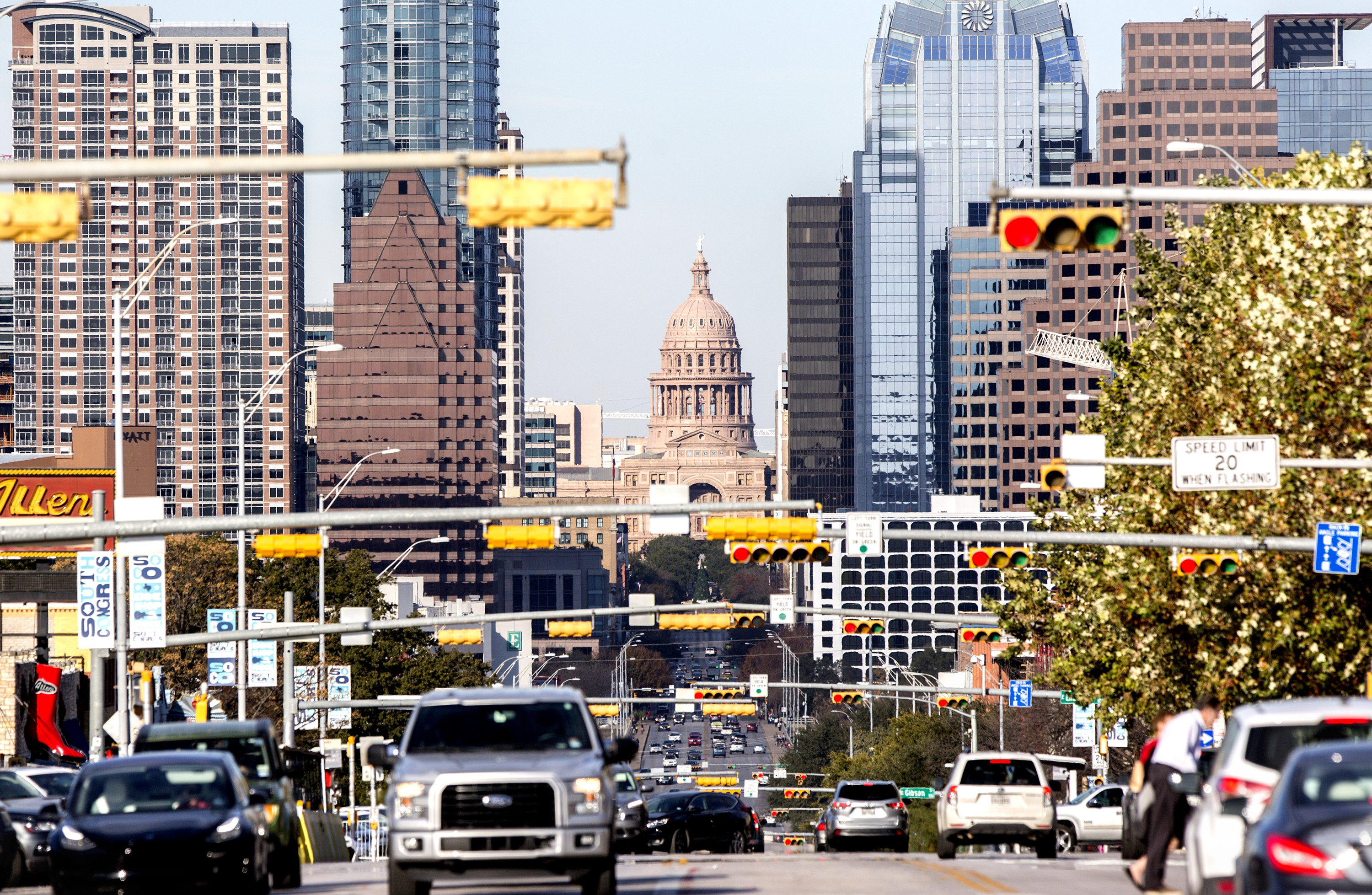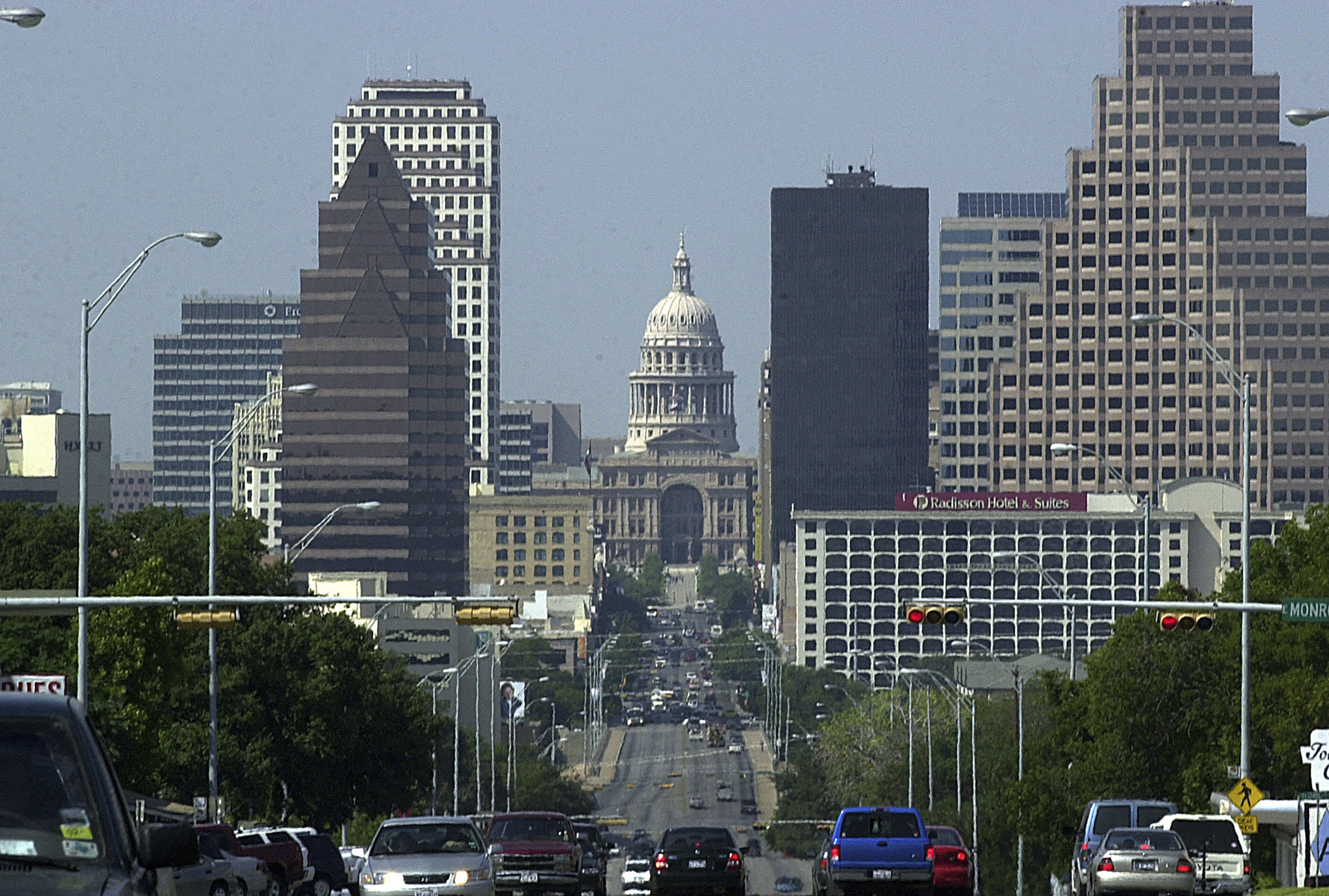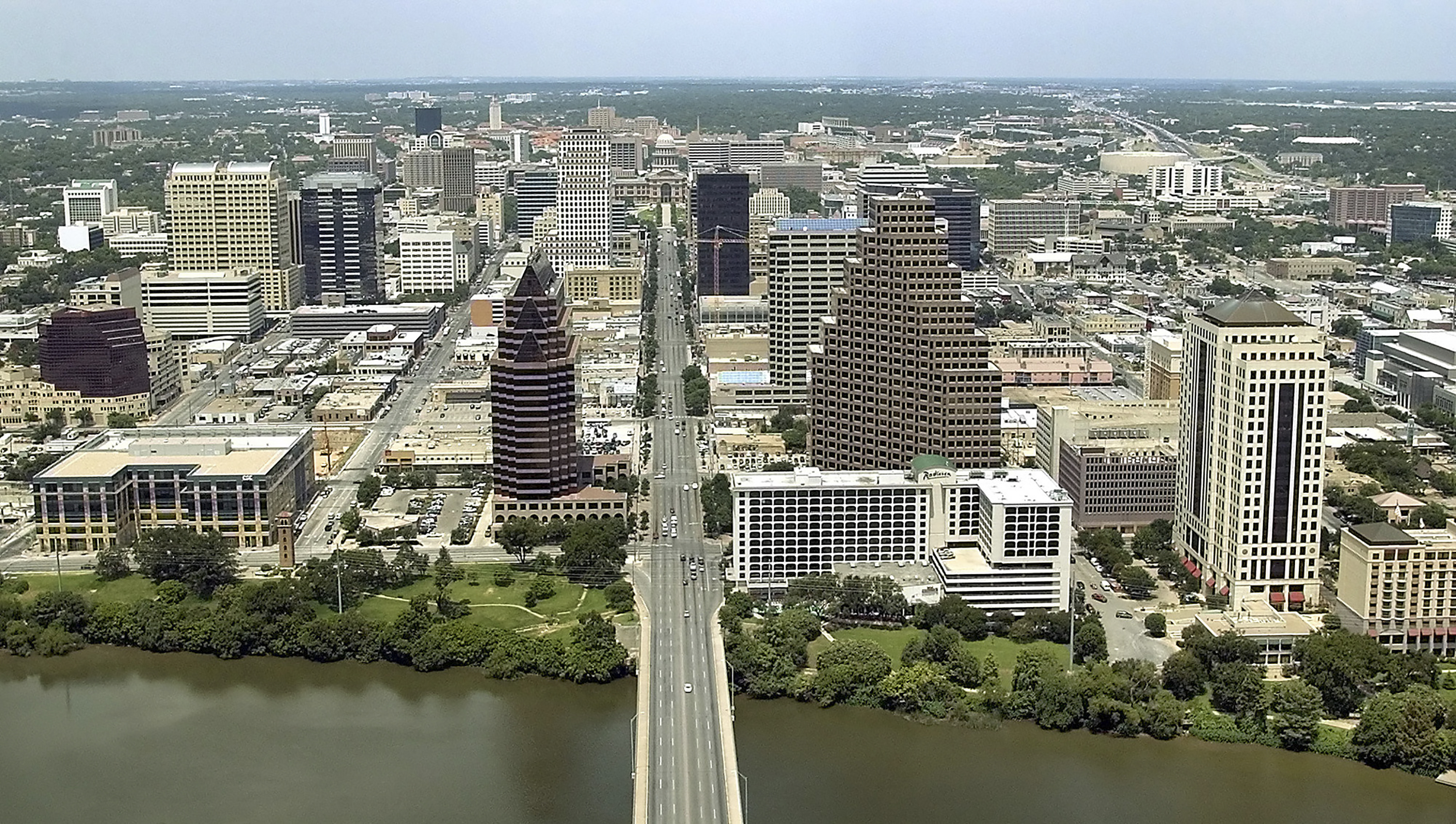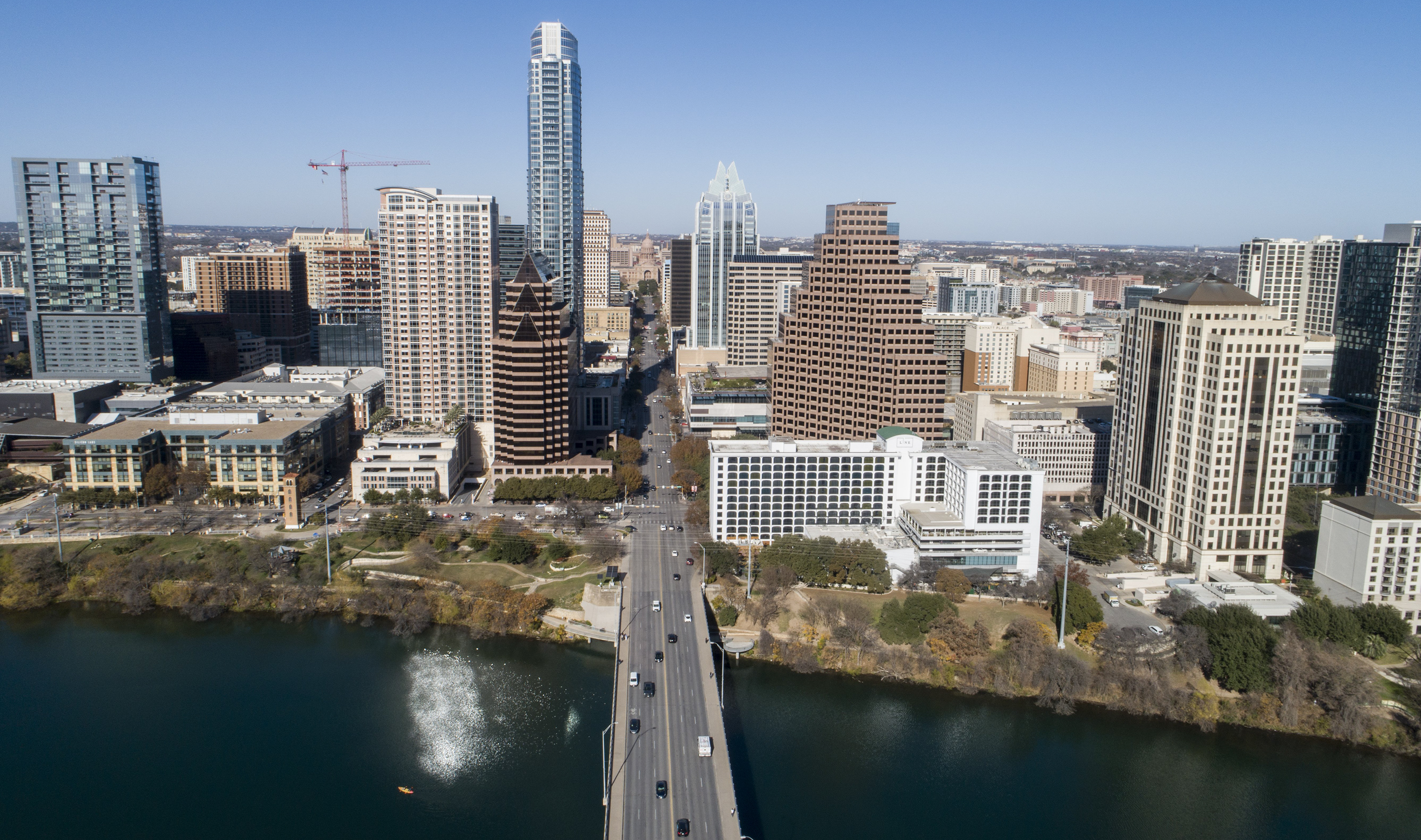Brad Riddell was a senior at Anderson High School at the turn of the century.
He remembers the big concern of the day was Y2K, the fear the clock would strike midnight, computers would shut down and the whole world would descend into mayhem.
Austin was an entirely different city at that time, Riddell said.
He and his friends used to go “mudding” and drink beer in an open field at MoPac Boulevard (Loop 1) and Parmer Lane, near what is now St. David’s North Austin Medical Center and the sprawling Domain shopping center. One American Center, at 400 feet, was the tallest building downtown. Austin-Bergstrom International Airport had only newly opened.
Riddell said he remembers flying out for the first time for spring break 2000, thinking the 24-gate airport was too shiny and big for Austin. Now, the 20-year-old facility sees increasingly long lines at its arrivals level. People fight for spots in the often-full, long-term parking lots, and more gates have been added to accommodate passenger traffic that has more than doubled.
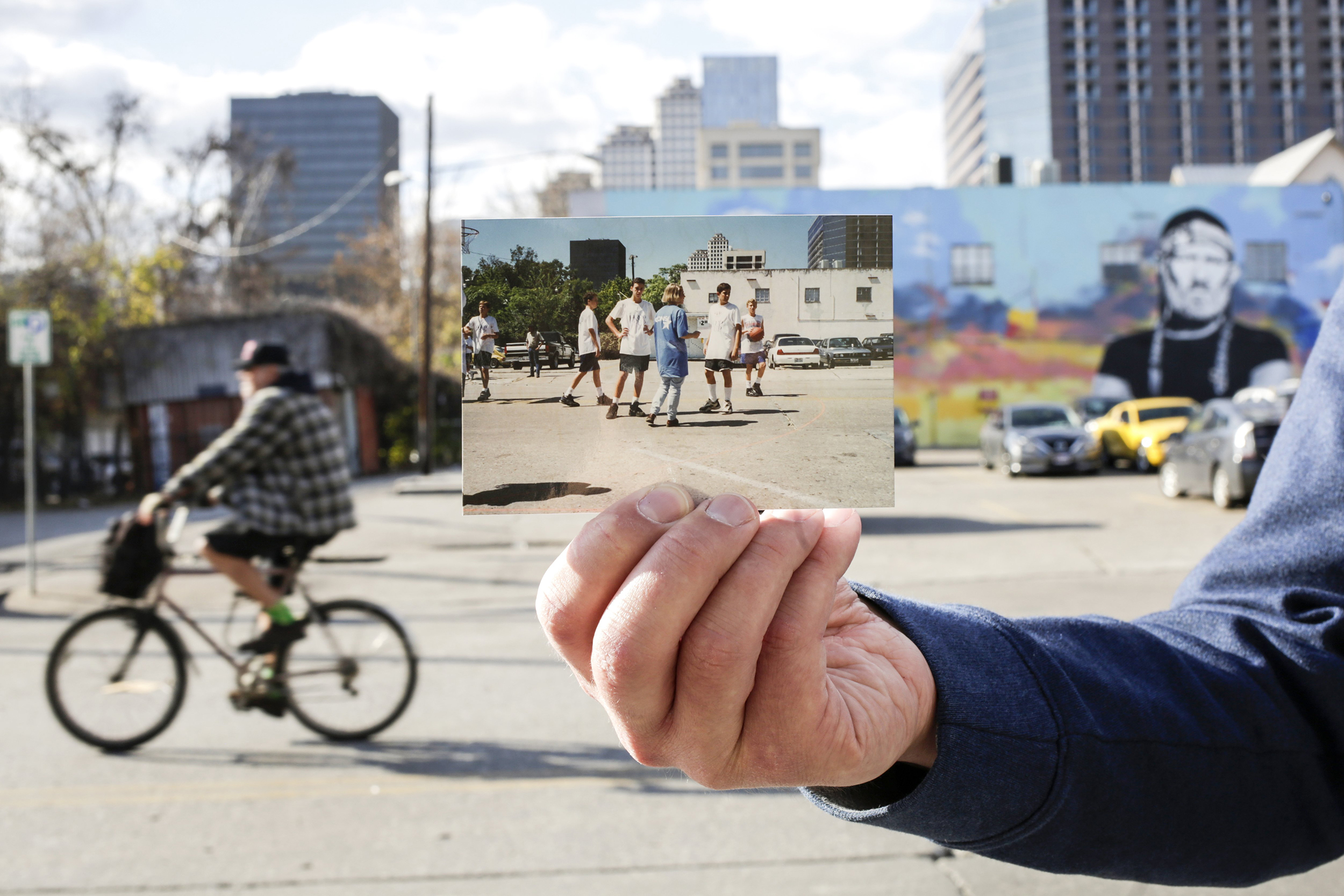
A changing skyline
When Tim and Karrie League were searching for a place in Austin to open their first Alamo Drafthouse movie theater more than 20 years ago, Tim said a tumbleweed quite literally danced across the road in front of them near the intersection of Second Street and Congress Avenue — that’s how desolate it was downtown.
“Sixth Street and the Warehouse district felt very isolated. There was no real activity between the two and there was no appreciable downtown residential,” League said, remembering the first theater he opened on Fourth and Colorado streets, which catered primarily to University of Texas film buffs.
In the 20 years since, the Leagues have opened seven movie theaters in the city and more throughout the country, destinations that have come to typify Austin culture and the weird, creative, intellectual spirit that imbued that very first theater.
In that time, the number of downtown residential units has more than tripled, from 4,000 residences in 2000 to roughly 15,000 today, according to the Downtown Austin Alliance. Towers have shot up, changing the Austin skyline into what city demographer Ryan Robinson called “a real downtown.”
After the dot-com bust of the early 2000s, Austin shifted from a largely tech manufacturing city to a tech service city, said Michael Oden, a UT faculty researcher who looks at regional growth dynamics. Companies didn’t need sprawling factory and warehouse campuses and instead began opening offices and headquarters downtown, adding further vibrancy to the city core.
“The introduction of thousands upon thousands of wealthy residents who made downtown Austin their home radically transformed the neighborhoods,” League said. “This density also spawned a vastly more fancy type of retail, restaurant and nightlife.”
Austin proper, which could hit the 1 million mark in 2020, is now the 11th largest city in the country. The metro area has been the fastest growing metro area of its size in the country for eight years running. And Travis County, which includes Austin, has grown at double the rate as the state of Texas, the fourth-fastest growing state in the country.
“We knew that Austin was on a trajectory of growth that would have been pretty amazing,” said Angelos Angelou, an Austin-based economist who oversaw economic development for the Greater Austin Chamber of Commerce for 12 years starting in 1984. “The actual numbers are better than what we envisioned way back then.”
There’s no sign the growth is stopping.
Cranes and high-rise condos dot the skyline. As many as 10 new towers are planned in the popular Rainey Street district alone, which less than 20 years ago was a sleepy residential neighborhood on the edge of Lady Bird Lake. Many more towers are coming downtown.
“My view is that the next 20 years will actually be better than what we have been seeing,” Angelou said. “All of the ingredients that have made Austin successful so far are there and have been enhanced.”
Those include good jobs, a vibrant downtown and tons of recreation options.
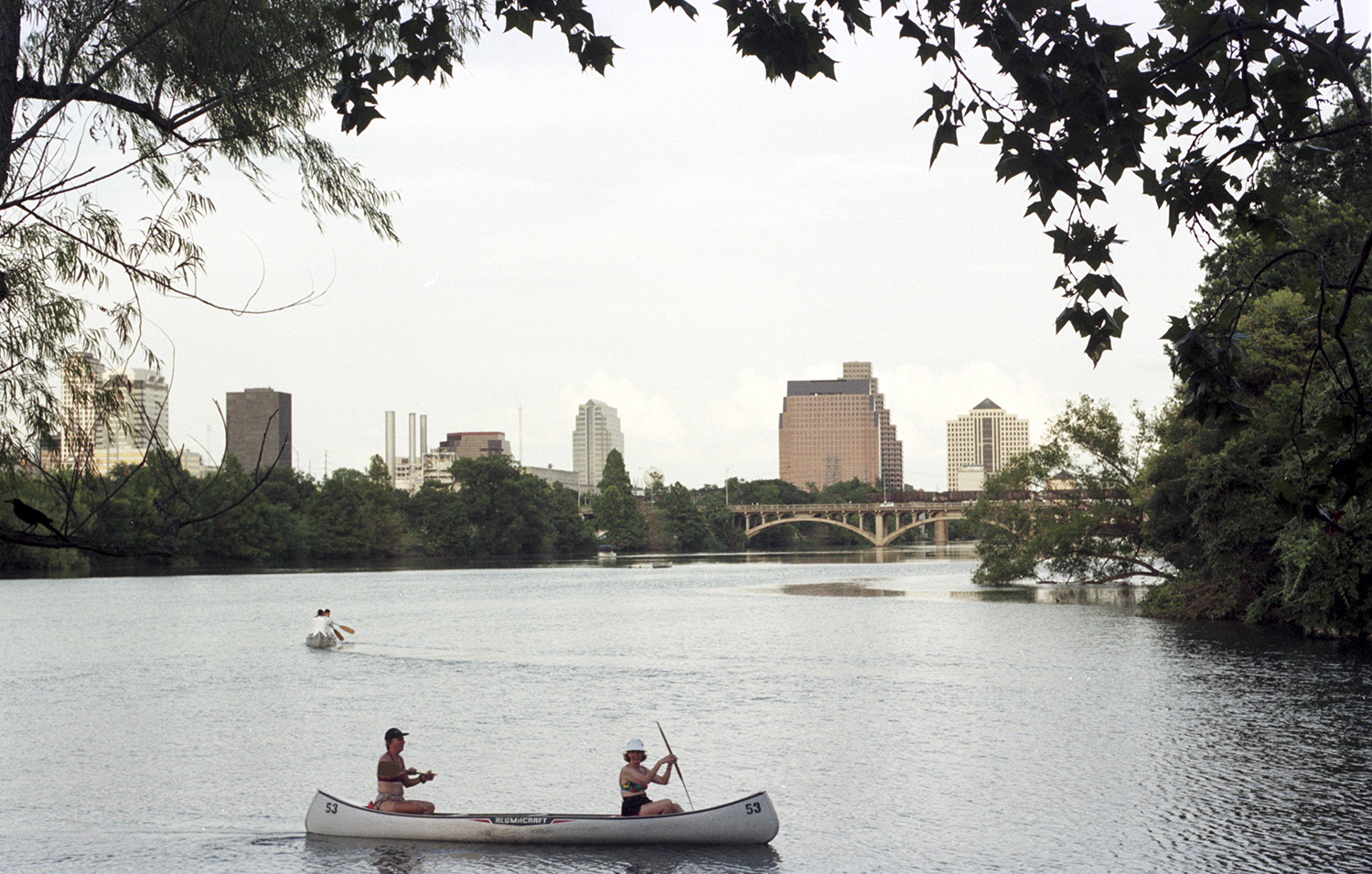
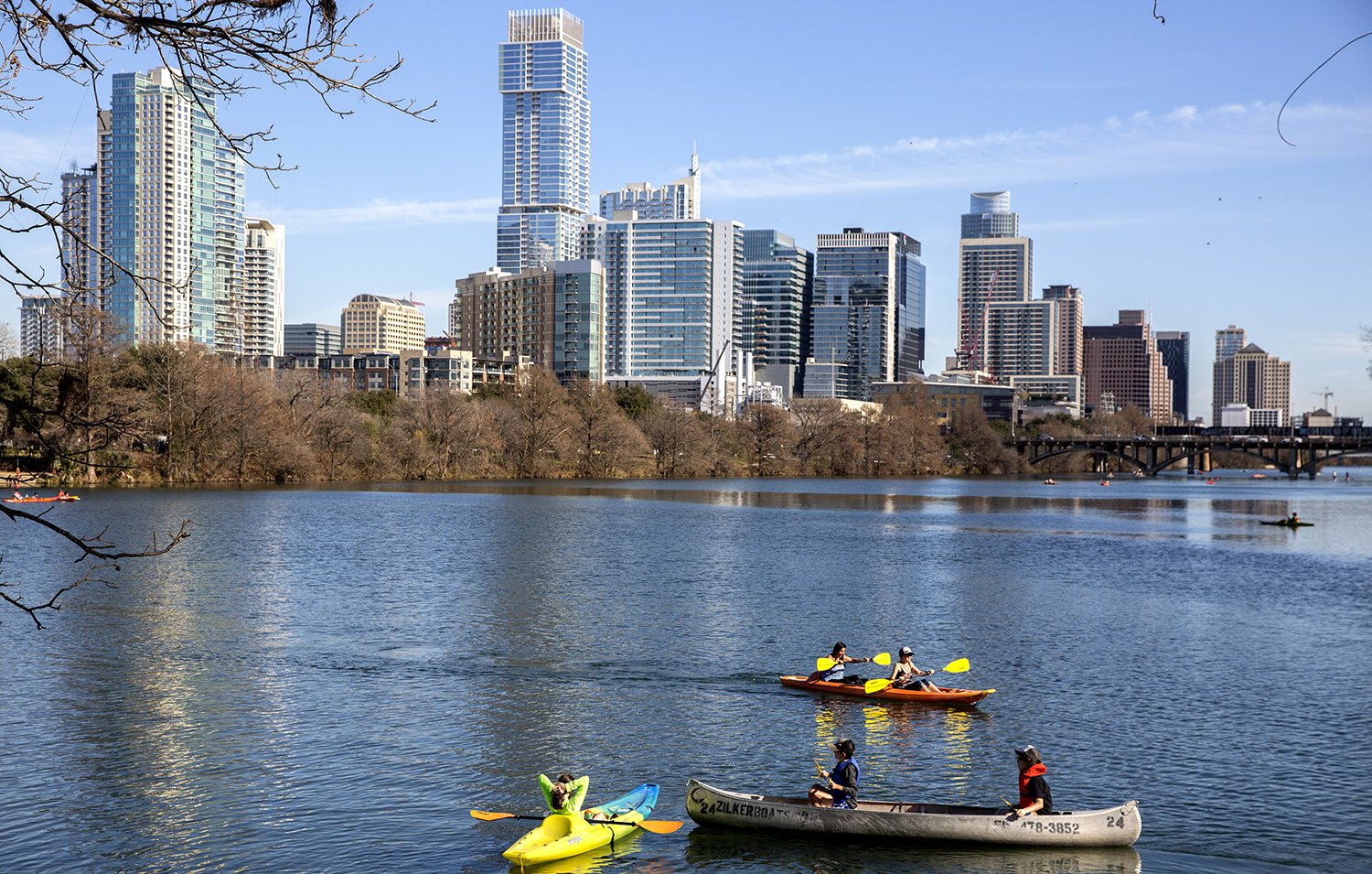
With growth, comes loss
In a white clapboard building at 12th and Poquito streets in East Austin, Brian Mays dishes out chicken, beef brisket and sausage links, like his grandfather did before him since the 1970s.
Inside Sam’s Bar-B-Que, family photographs line the walls, hearkening back to a time when this area just over a mile from the Capitol on the east side was a predominantly African American community.
“Sixth Street, 11th Street, 12th Street, MLK, Mangrove, all were black folk,” Mays, who is African American, said, thinking back. “Everything was black over here.”
Starting in the early 2000s, developers began coming into East Austin, buying out businesses owned by African Americans to put in new housing near downtown.
Today, only a few time-worn neighborhood staples remain. Old churches like Mount Olive Baptist Church and Wesley United Methodist and shops like Johnnie’s Antiques on East Sixth Street stand out among new, mixed-use condominiums, restaurants, juice bars and yoga studios, the well-recognized signs of gentrification.
“Everything’s different now,” Mays said.
Not everyone has been a winner amid Austin’s radical growth.
The rise in incomes in all parts of the city was likely accomplished by the pushing out of low-income residents, many of them minority families, Robinson said. Many of the city’s most vulnerable populations, including those who are Latino or African American, low income or without higher education, have moved farther way as home prices soared in the downtown core.
The changes are evident in a C-shaped line around downtown known as the eastern crescent, a UT study from 2018 found. Those patterns hold true today.
In the last 20 years, while the African American population in the Austin metro area has grown, its share of the region’s overall population fell, from 8.5% in 2000 to 7.4% in 2018, census data show.
The region still is becoming more diverse, largely because of the mega growth in the Hispanic and Asian populations. Hispanics have increased their share of the total population from 26% to nearly 33%, and Asians have gone from 4% to 6%.
Much of the minority growth today is happening outside the urban core, where now two out of every five residents is a minority. Between 2000 and 2015, according to a recent study by the Federal Reserve Bank of Dallas, black and Hispanic populations decreased in areas within 3 miles of Austin’s core but doubled in areas 20 miles or more from downtown.
In another 20 years, the suburbs likely will be more ethnically diverse than the city, Robinson said. It’s a phenomenon common in many major metro areas across the country, known by demographers as the “inversion of the American city.”
Hays County to the south of Austin and Williamson County to the north, in particular, are popular among people looking to find cheaper housing. As a result, Austin’s share of the overall metro area’s growth fell to only 23% in 2018, compared to 44% four years earlier, city data show.
“That comes about, I think, in part because we just haven’t had the housing available in the city,” said Mayor Steve Adler. “It’s been less expensive for people to move just outside the city limits.”
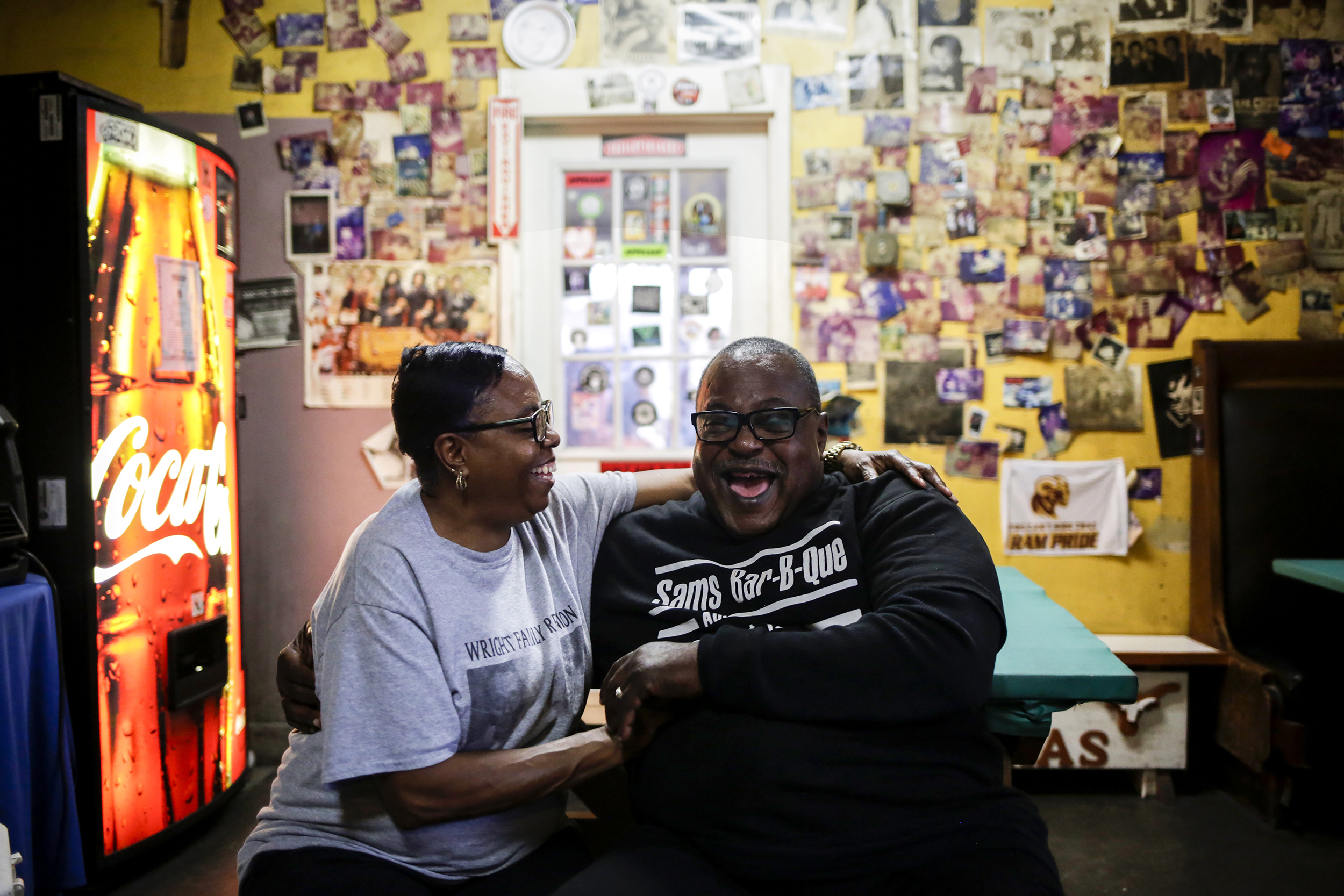
The next frontier
In June, Mays turned down a $5 million offer that would have turned Sam’s Bar-B-Que into another mixed-use condo project. He said he felt a duty to keep the restaurant open a little while longer, to be a stronghold in the African American community and because he “just wasn’t ready.”
If he gets another offer soon, he said, he’ll likely take it. He’s been eyeing 50 acres east of the city, off Texas 21 between U.S. 183 and FM 812, where he could start a ranch. He’s promised a piece of the property to put in a gas station that would serve Sam’s Bar-B-Que.
He’d be joining a long line of African American businesses before him in an exodus out of Austin.
“When I leave, everything’s gone,” he said. “Ain’t no more black history.”
PHOTOS: Sam’s Bar-B-Que owner holds on despite million dollar offers
Mays won’t be the only one heading east. Demographers predict the area will be a huge growth spot in the coming years, due to the sheer amount of land available. Angelou said that one day, Texas 130 will likely mirror MoPac in terms of development along the corridor.
Areas to the north, south and west of Austin also will see increased development.
“In my opinion, there is hardly any constraint to the growth,” Robinson said.
While people continue moving out of the city limits, much of the region’s job growth is still concentrated in the urban core. So workers are spending more time in their cars commuting, and Austin’s roads are becoming increasingly more congested.
On Nov. 3, Austin voters will have another opportunity to approve funds for a regional mass transportation system, potentially including rail on major corridors such as Lamar Boulevard and Guadalupe Street — a proposal that, like in a time warp, was on the ballot almost 20 years ago to the day.
“I hope we do better in coming up with a plan that people like, and we have an election that we win this year,” Adler said. “If we don’t, there is a huge price to be paid over the next 20 years in terms of quality of life for people that live here.”
